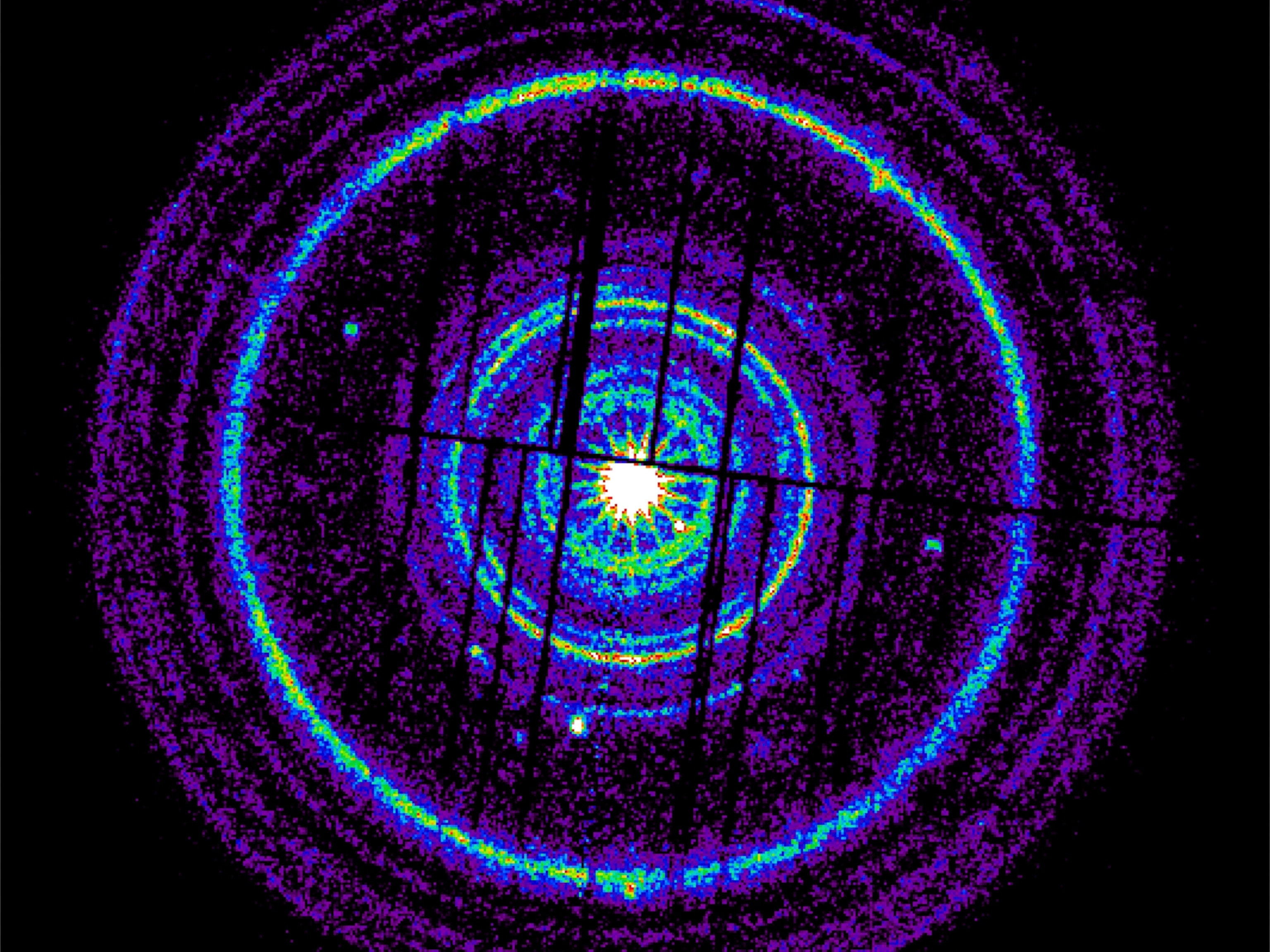
This Is the Farthest Star Humans Have Ever Seen
The discovery could help astronomers better understand the evolution of the universe.
A bright blue giant nicknamed Icarus is now the farthest star humans have ever seen.
The supergiant star (officially named MACS J1149+2223 Lensed Star 1) lives more than halfway across the observable universe. It's much bigger than our own sun and hundreds of thousands of times brighter. Despite its brilliance, it still took nine billion years for its shining light to reach Earth.
How Was It Seen?
A group of astronomers had been monitoring a far-off supernova—the explosive death of a giant star—using the Hubble Space Telescope when they saw a new speck of light.
Its glow was given a boost thanks to what's called gravitational lensing. This is when gravity from a massive celestial object acts like a magnifying glass, bending and amplifying the light from objects behind it.
Five billion light-years from Earth, a galaxy cluster sits between our planet and Icarus. According to a model outlined this week in Nature Astronomy, Icarus was magnified when a star in that galaxy cluster moved in front of the more distant star, boosting it to 2,000 times its actual brightness.
“The source isn’t getting hotter; it’s not exploding. The light is just being magnified. And that’s what you expect from gravitational lensing,” study leader Patrick Kelly of the University of Minnesota, Twin Cities says in a press release.
He added that Icarus is at least a hundred times farther than the next nearest star, at least among those that have not yet died blindingly explosive deaths. Scientists have observed galaxies at greater distances but have been unable to pick out their individual stars.
What Does It Mean?
The study notes that Icarus will be a reference point for how astronomers can study the evolution of stars through gravitational lensing.
Scientists generally agree that the birth of the universe as we know it, or the big bang, happened about 13.8 billion years ago. Icarus is so old that the light observed by Hubble was generated when the universe was just 30 percent of its current age.
Icarus's bright glow is also helping astronomers test hypotheses about dark matter—the elusive material that's thought to make up most of the mass in the universe.
One theory suggests that dark matter is made of primordial black holes, hypothetical objects that would have formed just after the big bang. The light fluctuations seen from Icarus make this hypothesis unlikely, the study authors say, because their observations would not have been possible with intervening black holes.
Correction: A previous version of this story incorrectly stated that light from Icarus took nine million years to reach Earth. That number has been corrected to nine billion.





